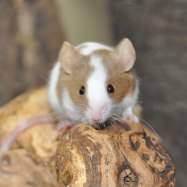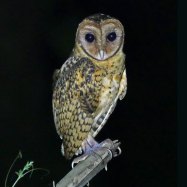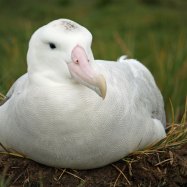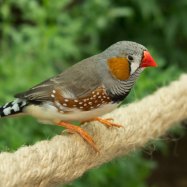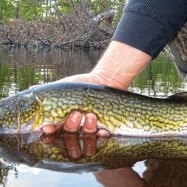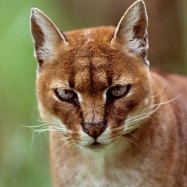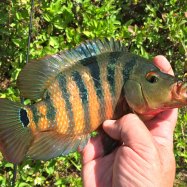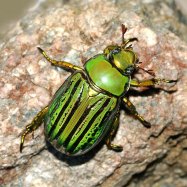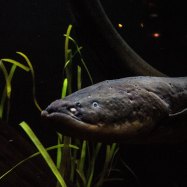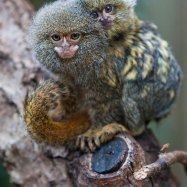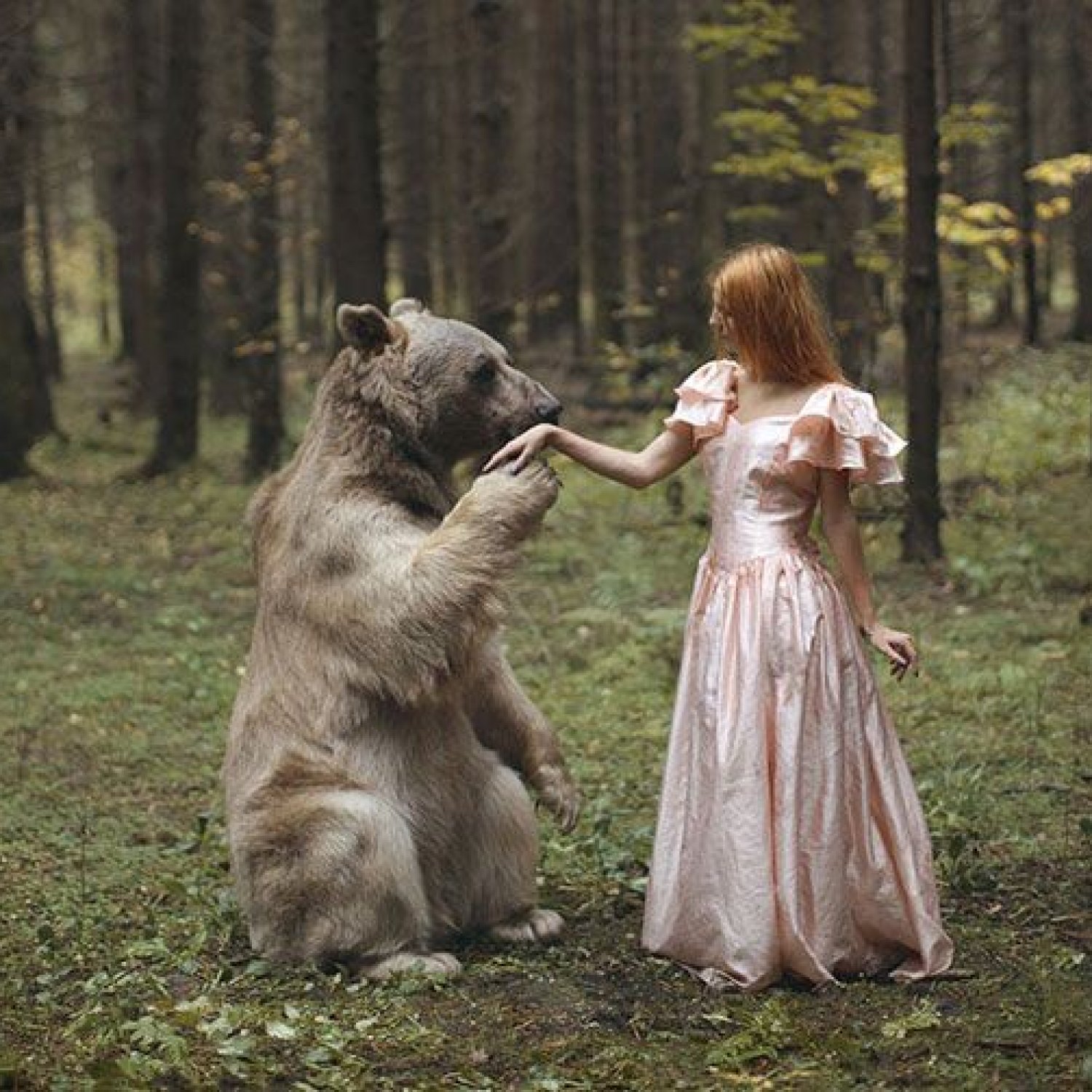
Human
Average height is around 5 to 6 feet (1.5 to 1.8 meters)
Human beings, scientifically known as Homo sapiens, belong to the family Hominidae and are the only extant (living) species of the genus Homo. They are found across the globe and have an average height of 5 to 6 feet (1.5 to 1.8 meters). Their distinctive feature is their ability to walk on two feet, making them bipedal with an upright posture.
Animal Details Summary:
Common Name: Human
Kingdom: Animalia
Habitat: Diverse habitats including forests, grasslands, deserts, and urban areas
The Amazing Human: The Most Versatile Animal on Earth
The human species, known scientifically as Homo sapiens, is undoubtedly one of the most remarkable animals on this planet. Found in diverse habitats around the world, it is the only living species of the genus Homo. While all species of animals possess unique characteristics, the versatility and adaptability of humans are unparalleled. From evolving to survive in different environments to creating civilizations and art, humans have truly surpassed all other species Human. In this article, we will delve into the fascinating world of humans and explore what makes them truly remarkable.The Evolution of Humans
The history of human evolution can be traced back to about 7 million years ago when our primate ancestors diverged from the common ancestor shared with chimpanzees and bonobos. From the African continent, the Homo genus evolved, giving rise to various species such as Homo habilis, Homo erectus, and finally, Homo sapiens. The modern human species first emerged in Africa about 300,000 years ago and gradually spread around the world, adapting to different environments and developing unique cultural and physical traits.Fascinating Physical Characteristics
As mammals, humans share many physical characteristics with other animals, such as having a backbone, hair, and warm-bloodedness. However, humans have distinctive features that set them apart from other animals. One of the most notable is our upright posture and bipedal gait. This unique physical feature allows us to walk on two feet, freeing our hands to perform other tasks. The average height of a human is between 5 to 6 feet, and the weight usually ranges from 90 to 200 pounds Halibut. These variations can be attributed to factors such as diet, lifestyle, and genetics.Another distinguishing feature of humans is our skin color. While other animals possess a relatively consistent coloration, humans come in a variety of skin tones, ranging from light to dark. This diversity is a result of environmental and evolutionary factors. For instance, humans who lived in areas with high levels of sunlight developed darker skin tones to protect themselves from harmful UV rays. On the other hand, those living in colder regions developed lighter skin tones to absorb more sunlight and produce vitamin D.
The Incredible Adaptability of Humans
One of the most remarkable traits of humans is their adaptability. While animals are usually restricted to a specific habitat, humans have ventured into various environments and adapted to survive. From forests and grasslands to deserts and urban areas, humans have thrived in different settings. This adaptability is largely due to our highly developed brains, which allow us to think and make decisions, unlike any other animal.Humans also possess the ability to use tools. While other animals may use basic tools for survival, humans have taken tool usage to a whole new level. With our dexterous hands and advanced brains, we create intricate and complex tools to make tasks easier and more efficient. From hunting and agriculture to construction and art, humans have utilized tools in every aspect of their lives.
A Species of Omnivores
As omnivores, humans have a diverse diet that includes both plants and animals. Unlike carnivores that solely consume meat or herbivores that only eat plants, humans have the ability to digest and extract nutrients from both. This adaptability has allowed humans to survive in different environments and make the most of available food sources.However, this omnivorous diet has also led to the development of ethical and environmental concerns. As the human population continues to grow, the demand for food has increased, resulting in the unsustainable practices of factory farming and deforestation. It is essential for humans to make conscious decisions about their food choices and consider the impact they have on the environment.
A Global Species
While humans originated in Africa, they have since spread to every corner of the world. This global distribution is due to migration, exploration, and commerce. As humans settled in different regions, they adapted to the local conditions, leading to the development of diverse cultures, languages, and traditions. This diversity is what makes humans unique, but it also brings challenges such as cultural clashes and discrimination.The Impact of Humans on the Environment
As one of the most dominant species on the planet, humans have inevitably had a significant impact on the environment. Our technological advancements and industrialization have led to air and water pollution, deforestation, and the depletion of natural resources. However, as we become more aware of the consequences of our actions, there has been a growing movement towards sustainable living and conservation efforts.The Dangers of Human Impact on Other Species
While humans have shown remarkable adaptability and versatility, this has come at a cost to other animal species. The destruction of natural habitats, overhunting, and the introduction of invasive species have caused many animals to become endangered or extinct. As we continue to dominate the planet, it is crucial for us to take responsibility and protect the balance of our ecosystems to ensure the survival of all species on Earth.In Conclusion
In conclusion, the human species is truly remarkable. From our evolutionary journey to our unique physical and behavioral traits, humans continue to fascinate and surprise us. As we strive towards progress, it is essential for us to also consider the impact we have on the planet and the other beings that share it with us. While we may have the ability to adapt, it is our responsibility to ensure that we do so without causing harm to the environment and other species. The human story is an ongoing and ever-evolving one, and it is up to us to shape it for the better.

Human
Animal Details Human - Scientific Name: Homo sapiens
- Category: Animals H
- Scientific Name: Homo sapiens
- Common Name: Human
- Kingdom: Animalia
- Phylum: Chordata
- Class: Mammalia
- Order: Primates
- Family: Hominidae
- Habitat: Diverse habitats including forests, grasslands, deserts, and urban areas
- Feeding Method: Omnivorous
- Geographical Distribution: Worldwide
- Country of Origin: Africa
- Location: Global
- Animal Coloration: Varies, but typically ranges from light to dark skin tones
- Body Shape: Bipedal with an upright posture
- Length: Average height is around 5 to 6 feet (1.5 to 1.8 meters)
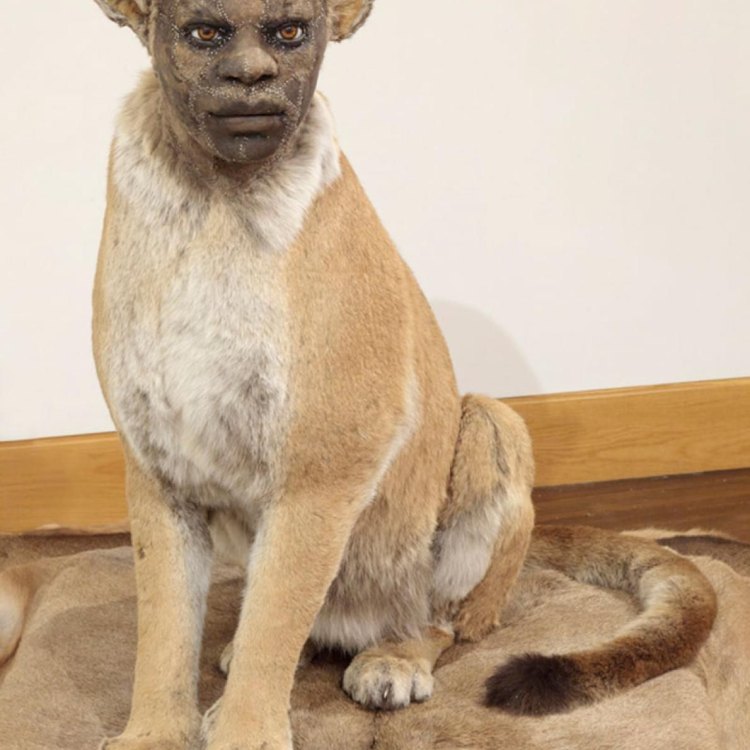
Human
- Adult Size: Varies depending on factors such as genetics, nutrition, and overall health
- Average Lifespan: Around 70 to 80 years
- Reproduction: Sexual reproduction
- Reproductive Behavior: Monogamous, polygamous, or promiscuous depending on cultural and individual factors
- Sound or Call: Verbal communication with a wide range of languages and dialects
- Migration Pattern: Not migratory, but can move to different areas in search of resources or for various reasons
- Social Groups: Varies, but typically live in social groups such as families, tribes, or communities
- Behavior: Highly adaptable and capable of complex social interactions
- Threats: Various threats including habitat destruction, environmental pollution, disease, and conflicts
- Conservation Status: Not formally listed as a threatened species
- Impact on Ecosystem: Significant impact on ecosystems through activities such as hunting, agriculture, and urbanization
- Human Use: Utilized for various purposes including food, labor, companionship, and intellectual pursuits
- Distinctive Features: Upright posture, opposable thumbs, large brain size, and advanced cognitive abilities
- Interesting Facts: Humans are the only species known to have developed complex language, culture, and technology
- Predator: Humans have fewer natural predators due to their intelligence and advanced tools

Homo sapiens
The Fascinating World of Humans
Humans are a unique species on the planet. Our physical and behavioral characteristics set us apart from all other creatures that inhabit the Earth. From our upright posture to our complex linguistic abilities, humans are a truly remarkable species. In this article, we will dive into the world of humans, exploring their physical and behavioral characteristics, their impact on the ecosystem, and their fascinating evolution PeaceOfAnimals.Com.Evolution and Physical Characteristics
Humans, also known as Homo sapiens, belong to the primate family along with apes, monkeys, and lemurs. The most distinctive physical feature of humans is our upright posture, allowing us to stand and walk on two feet. This evolved over millions of years, as our ancestors gradually moved out of the trees and onto the ground. This adaptation freed up our hands to use tools and allowed us to travel long distances on foot.Humans also have opposable thumbs, which means we can easily grasp objects and manipulate them. This has played a crucial role in our evolution, enabling us to create and use tools, a defining characteristic of human intelligence.
Another unique physical feature of humans is our large brain size. Our brains have nearly tripled in size since our early ancestors, allowing us to develop advanced cognitive abilities. This has enabled us to develop complex language, culture, and technology, setting us apart from all other animals Herring.
Reproduction and Sexual Behavior
Humans reproduce through sexual reproduction, in which the male sperm fertilizes the female egg. Humans are a di-morphic species, meaning there are distinct differences between males and females. These differences are mainly physical, such as size and body shape, but also extend to social and behavioral roles.In terms of sexual behavior, humans are incredibly diverse. Some groups practice monogamy, where one male and one female form a long-term mating bond. Other groups practice polygamy, where one male has multiple female partners. The sexual behavior of humans is highly influenced by cultural and individual factors, rather than being solely determined by biology.
Verbal Communication and Migration Patterns
One of the most unique features of humans is our ability to communicate through language. Humans are the only species known to have developed a complex and diverse system of verbal communication. We have thousands of languages and dialects, allowing us to express ideas, emotions, and thoughts.Unlike many other animal species, humans are not migratory. We do not have set patterns of migration. However, we are adaptable and can move to different areas in search of resources or for various reasons, such as climate change or conflicts.
Social Groups and Behavior
Humans are inherently social beings, and as such, we live in various social groups. These groups can range from small families to larger tribes or communities. These groups provide support, protection, and a sense of belonging for individuals.In terms of behavior, humans are highly adaptable and capable of complex social interactions. This has enabled us to form intricate social structures and thrive as a species. We have also developed sophisticated ways of cooperation, communication, and problem-solving, making us one of the most dominant species on Earth.
Threats and Conservation Status
Despite our adaptability and intelligence, humans face various threats in our modern world. Habitat destruction, environmental pollution, and diseases are just a few of the challenges that humans must navigate. Conflicts, both internal and external, also pose a significant threat to our species.However, humans are not formally listed as a threatened species. This does not mean that we are invincible, but rather that our populations are stable and widespread. Our advanced cognitive abilities and technological advancements have allowed us to overcome many of the natural threats faced by other species.
Impact on the Ecosystem
As a species, humans have a significant impact on the ecosystem. Our activities, such as agriculture, hunting, and urbanization, have altered landscapes and changed the dynamics of the environment. While these activities have provided us with food, shelter, and resources, they have also caused disruptions and imbalances in the natural world.The growth of the human population has also had a profound impact on the ecosystem. The demand for resources, such as water, food, and energy, has caused environmental degradation and loss of biodiversity. The challenge for us now is to find a balance between meeting our needs and preserving the planet for future generations.
Human Use and Distinctive Features
Humans have been utilizing their unique physical and cognitive abilities since the beginning of our existence. We have used tools for hunting, farming, and construction. We have also domesticated animals for food, labor, and companionship.Our advanced cognitive abilities have also allowed us to pursue intellectual and artistic endeavors. From cave paintings to space exploration, humans have continually pushed the boundaries of what is possible. Our ability to create and innovate is a testament to the incredible potential of the human mind.
Interesting Facts
Humans are full of remarkable facts and achievements. Here are just a few interesting facts about our species:- Humans are the only species known to have developed complex language, culture, and technology.
- The average lifespan of a human is around 70 to 80 years, but this can vary depending on factors such as genetics, nutrition, and overall health.
- Humans are the only species that have a dominant hand. Most humans are right-handed, while a small percentage are left-handed.
- Humans are one of the few species that require social interaction to thrive. Lack of socialization can have negative effects on mental and physical well-being.
- A human's sense of smell is not as strong as many other animals, but our sense of vision is highly developed, enabling us to perceive a wide range of colors and shapes.
Predators
With our advanced intelligence and use of tools, humans have fewer natural predators than most other species. However, throughout history, humans have had to defend themselves against predators such as big cats, crocodiles, and sharks. In modern times, human predators often come in the form of other humans, through acts of violence, crime, and war.The Future of Humans
As a species, humans have come a long way in terms of evolution and development. Our unique physical and cognitive abilities have enabled us to survive and thrive in a constantly changing world. However, our impact on the environment and our own well-being remains a significant concern.The future of humans will depend on our ability to find a balance between our needs and the needs of the planet. As we continue to evolve and develop, we must also be mindful of the impact we have on the ecosystem and the other species we share the Earth with.
In Conclusion
In conclusion, humans are a fascinating species with a rich history and an uncertain future. Our physical and behavioral characteristics have allowed us to overcome challenges and achieve remarkable success. Yet, our actions also have consequences, and as we continue to evolve and advance, we must also be responsible stewards of the planet. As we navigate the complexities of the modern world, let us remember the unique features that make us human and use them for the betterment of ourselves and the world around us.

The Amazing Human: The Most Versatile Animal on Earth
Disclaimer: The content provided is for informational purposes only. We cannot guarantee the accuracy of the information on this page 100%. All information provided here may change without prior notice.

